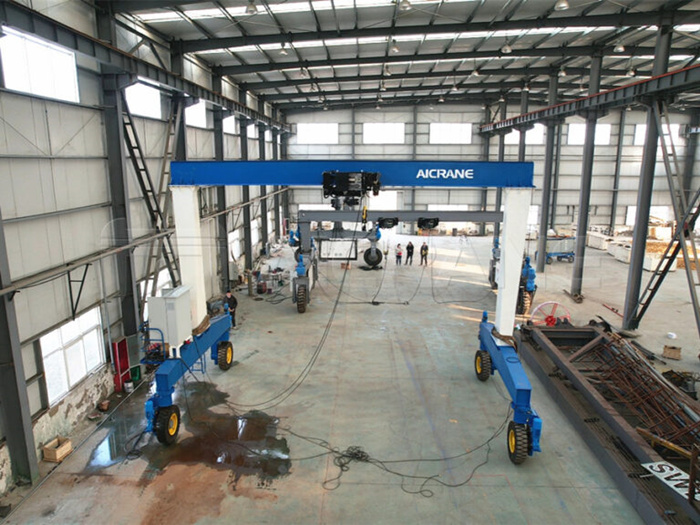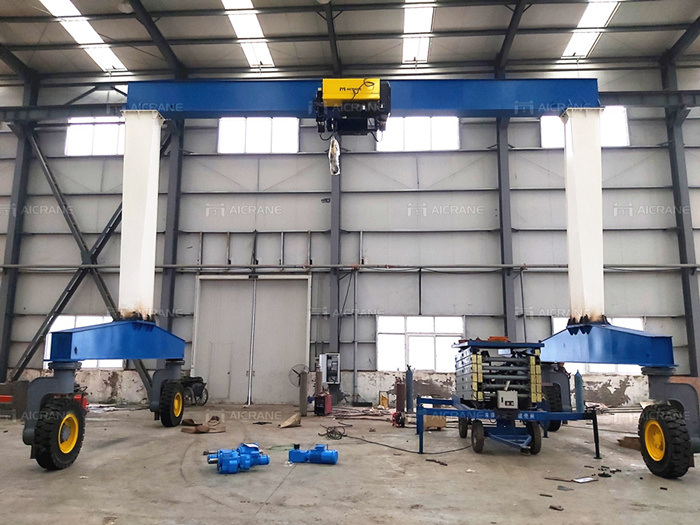A rubber tyred gantry, or RTG crane, is a type of industrial overhead crane that uses round rubber tyres as opposed to metal wheels. This makes them suitable for use in outdoor applications where there is soft ground, such as docks and ports. RTGs are able to traverse large distances very quickly and are a popular choice for handling heavy cargo. Let’s take a closer look at how they work.

Unique Applications
Rubber tyred gantry cranes, or RTGs, have been around since the 1950s and have become increasingly popular due to their ability to traverse large distances quickly while carrying heavy loads. They get their name from the round rubber tyres that run on each side of the carriage instead of traditional metal wheels.
RTGs are powered by an electric motor and can travel at speeds up to 15 kilometers per hour. This makes rubber tyred gantry crane ideal for handling large cargo, such as containers, in a timely manner. They can also be operated remotely, which gives you more flexibility when it comes to where you want to place them.
RTGs are often used in ports and other areas where there is soft ground. This is because the rubber tyres create less of a disturbance on the surface, making it easier for them to move around. They can also be used in outdoor applications where there is a lot of debris or uneven surfaces, such as construction sites.

How Does It Work
A rubber tyred gantry crane (RTG) is a type of mobile gantry crane that runs on rubber tyres. These cranes are typically used in container terminals for stacking and moving containers. RTGs usually have two rows of eight tyres, and they are electrically powered.
The RTG’s operator controls the crane using a remote control unit, which is connected to the crane by a cable. The operator first uses the remote to drive the RTG into position next to the container that needs to be moved. Once the RTG is in place, the operator uses the remote to raise or lower the crane’s boom. The boom is then positioned over the container, and the operator uses the remote to lower the container onto the RTG’s deck. Finally, the operator uses the remote to drive the RTG away from the container, back to its original position. The machine from a professional gantry crane suppliers will work well.
How To Choose The Right Rubber Tyred Gantry Crane For Your Needs
Tyre type, outrigger design, and lifting capacity are the main considerations when choosing a rubber tyred gantry crane. The crane’s tyre type will affect both its stability and its suitability for different terrain; for example, rough terrain cranes have large tyres with aggressive tread patterns that allow them to travel over rough ground without damaging the tyres. The crane belongs to mobile gantry crane.
Outrigger design is also important; cantilevered outriggers provide greater stability than box outriggers, but they are more difficult to set up and are not suitable for use on soft or unstable ground.
Lifting capacity is another key consideration; most rubber tyred gantry cranes have a lifting capacity of between 1 and 5 tons, but some larger models can lift up to 20 tons. 10 ton gantry crane for sale is also popular in the market.